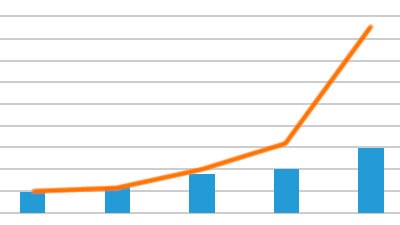Active, passive or both?
Finding the best antenna upgrade approach to 5G can be daunting.
At CommScope, we understand network solutions aren’t one-size-fits-all. We are continuously rethinking solutions to help you maximize results for today and into the future. Let’s look at a few important considerations that can help you determine the best approach for your 5G deployments.
Weighing out cost vs performance vs space
Active antenna systems will play a part in 5G deployments as they clearly deliver advantages in supporting multi-user MIMO and beamforming to improve spectral efficiency and capacity within a given area. However, in virtually all networks—certainly in developed markets—5G will be layered on top of legacy 2G, 3G and 4G networks using infrastructures potentially over 10 years old that were not designed to support the level of tower-top equipment being deployed today. This consideration merits a closer look at cost-effective solutions that meet the level of capacity truly needed.
Keep in mind that only a small percentage of sites in most networks are nearing capacity limitations. Many regulators in Europe are packaging 3.5 GHz into spectrum blocks of around 75 MHz, which is of a similar order of bandwidth to that currently used in downlink legacy FDD. If an additional 15 to 20 percent of spectral efficiency improvement provided by 5G NR is considered, then operators can deploy 5G NR at much lower costs using a passive beamforming antenna along with an 8T8R (or even 16T16R in future) radio unit (RU) and still benefit from significant capacity increase as well as other 5G benefits.
Most operators want to initially deploy 5G onto their existing network, which may already host several antennas on each site. Adding more antennas is not always straightforward. When determining the best upgrade approach for 5G, here are a few factors to consider:
- Are capacity gains justifiable in terms of the costs involved in deploying active antennas?
- Will legacy infrastructure support the additional weight and wind loading of active antennas?
- Will local municipalities permit an additional antenna?
- Will landlords leverage the opportunity to renegotiate leasehold agreements?
- Is there a need to share the site with other operators? If so, will the site support more than one active antenna per sector?
- Can power be economically delivered to the tower top?
If these are concerns, passive antenna solutions may offer the best approach.
Performance vs Cost
The cost-capacity ratio for Massive MIMO in large scale deployments is expected to be very high. Passive MIMO and beamforming antenna solutions can provide capacity improvements needed at a lower cost in many cases. Cost estimates assume radio and antenna/cable costs. Capacity benefits from Massive MIMO depend on traffic distribution.

More bands, more antennas—OOPS, no more space.
At CommScope, we challenge ourselves to deliver technology and solutions you deserve. Passive antenna technology has evolved significantly over the past few years, and modern passive antennas can support multiband, multi-RAT systems from within a single radome. In 2010, a typical high-end antenna would support perhaps six jumper ports, but this has now increased to 26 and even 30 ports. In addition, the linear array columns in the antenna are wide band, and only two column types (low-band and high-band) can support all deployed frequencies from the 700 MHz band through to 2.6 GHz plus 3.5 GHz beamforming. This makes it possible to combine all existing cellular technologies on a site into three passive antennas (one per sector), while still supporting independent remote electrical tilt (RET) for each band. These antennas also support 2T2R or 4T4R architectures, with some varieties also supporting 8T8R to continue delivering diversity or MIMO capability.
This is important as it can allow operators to deploy a separate independent 3.5 GHz active antenna on sectors that have consolidated all their legacy networks onto a single passive antenna or a single passive antenna per sector to support both FDD and TDD. Two antennas per sector are more likely to be permitted on a significant proportion of sites, which limits the landlord’s leverage in negotiation of site fees as operators are not requesting an increase in the number of antennas on the site.
CommScope has gone even one stage further—by designing a complementary radome that seamlessly mounts on top of a standard antenna to look like one unit. This additional radome can be used to enable the operator to apply for site permission for a single antenna, but the space can be used to upgrade the site with a massive MIMO active unit or passive beamforming antenna as and when needed.
As 5G networks are rolled out, the market for large-port-count, passive antennas will increase dramatically and, in addition, a significant portion of 5G is likely to be deployed on sites using passive beamforming antennas. CommScope developed and perfected the art of delivering precise antenna patterns. Improving the signal-to-noise ratio is an example of one of the many ways we seek to continuously enhance your network performance.
Contact a CommScope representative to learn about solutions for your 5G network deployments.
Liked the article? For additional information check out this white paper and video:
White Paper
4G/5G capacity solutions, a comparative study

Video
Does 5G = Massive MIMO?
